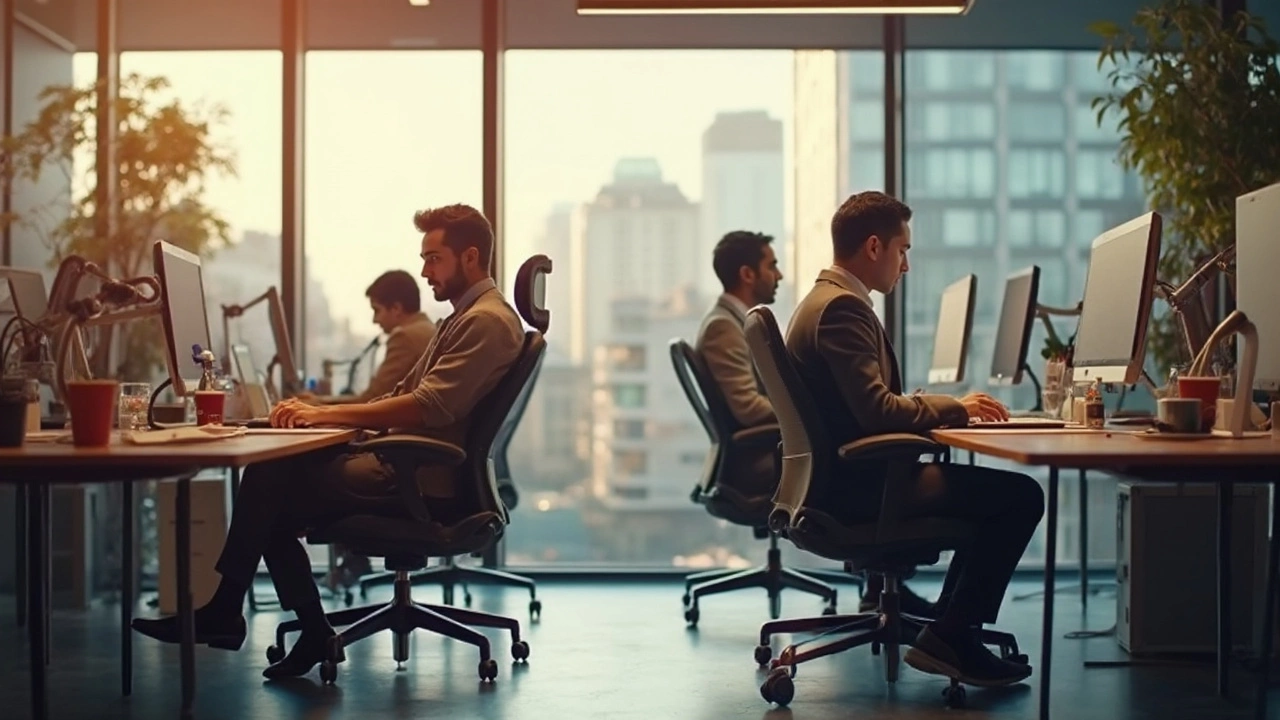All-Day Sitting: How to Stay Comfortable and Healthy All Day
Spending most of your day on a couch, chair, or even a floor cushion can feel great—until the aches start. The secret isn’t just buying the fanciest sofa; it’s about matching your seat to your body, moving regularly, and keeping a few simple habits in mind. Below you’ll find practical steps you can apply right now, whether you’re binge‑watching a series, working from home, or reading in your favorite nook.
Choose the Right Seat for Long Hours
Start with a seat that supports your spine. Look for a sofa or chair with a sturdy frame—hardwood or metal works best—because a weak frame sags and throws your posture off. If you love a plush look, pick a high‑density foam cushion covered in breathable fabric; leather feels great but can get sticky in summer. For a back‑rest, aim for a slight recline (about 100‑110 degrees) so your hips stay level with your knees. Add a lumbar pillow or a rolled‑up towel if the seat’s lower back support is thin. A well‑chosen seat reduces the need to constantly shift and prevents lower‑back strain.
Keep Moving and Adjust Regularly
Even the best chair can’t replace movement. Set a timer for every 30‑45 minutes and stand up for a quick stretch—reach for the ceiling, roll your shoulders, or do a few ankle circles. If you’re on a sofa, slide to the edge and sit up tall; this re‑engages your core and stops you from slouching. Simple seat‑shifts, like swapping legs or adjusting the cushion, keep blood flowing and prevent stiffness. An inexpensive footstool can also help: raise one foot slightly to change hip angles and give your lower back a brief reset.
Don’t forget lighting and screen height. A monitor at eye level means you won’t crane your neck, and a well‑lit room reduces eye strain, making it easier to stay relaxed in one spot. If you’re watching TV, keep the screen about two to three times the diagonal size of the sofa away; this prevents you from leaning forward to see details.
Finally, think about the room layout. Place your favorite seat near a window for natural light, and keep a side table within arm’s reach for a drink or a book. This reduces the need to get up frequently and helps you settle into a comfortable rhythm. With the right furniture, a few movement breaks, and a thoughtful setup, you can enjoy all‑day sitting without the usual aches and pains.
Best Office Chair for All-Day Sitting: What Actually Works?
Sitting for hours at a desk can ruin your back if you don’t have the right chair. This article cuts through the hype to explain which office chair features are actually worth your money. Get real advice on how to pick a chair that keeps you comfortable and focused all day. Learn which mistakes to avoid and what to look for if you care about your health (and your productivity). The right chair isn’t just a luxury—it’s a real game changer.
More
